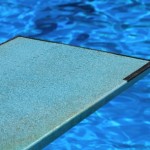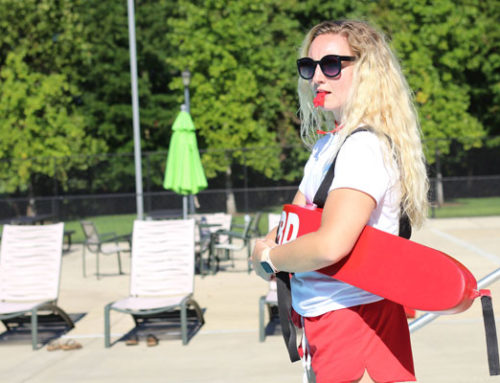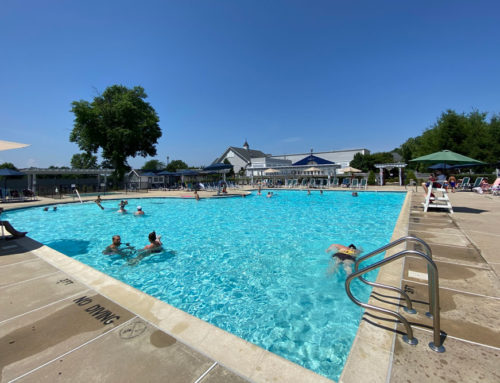There’s so much that pool management professionals need to worry about – from chemical balances to water filtration – that sometimes the small things tend to slip through the cracks. While these minor incidents like patron falls or equipment malfunctions usually don’t leave any kind of lasting damage to your pool or swimmers, there’s always the chance that you could have a catastrophe on your hands.
One of the most common sources for preventable injuries in pools is diving boards. It doesn’t matter if the board is installed correctly and there’s enough water for even the highest dive – pool management and lifeguards need to be able to spot any problematic patron behavior and faulty equipment that could potentially lead to serious injury.
What size diving board?
The first step in protecting your patrons from diving board injuries is making sure it’s set up correctly. Depending on the size of your pool, you can purchase and install a wide variety of diving boards. The international diving governing body Fédération Internationale de Natation explained that diving boards located at different heights need to be installed in pools with enough water depth so swimmers can safely dive. A 1-meter diving platform requires at least 11.5 feet of water, while a 5-meter setup needs 12.5 feet.
DivingBoardSafety.net explained that 57.2 percent of all swimming pool injuries happen in less than 4 feet of water, regardless of the presence of a diving board. In contrast, only 4.8 percent of injuries occur in water greater than 8 feet. While you may have enough clearance in the water to allow for safe diving, make sure that the board extends all the way over the pool. Otherwise, swimmers may jump and make contact with the shallow walls of the pool basin.
The shallower the water is beneath a diving board, the greater risk you’re putting your patrons in. Err on the side of caution when it comes to water depth around diving boards and you should be in the clear.
Crowds and diving boards don’t mix
The goal of adding a diving board to your pool is to attract more customers, but this can be a bit of a double-edge sword. The more patrons you have in your pool, the more dangerous swimmers jumping off the diving board becomes.
If lifeguards aren’t monitoring the area around the diving platforms during peak hours, patrons may jump into a crowd of unsuspecting swimmers below. This can cause injuries to both parties, though the swimmers in the water are at risk of concussions that can drastically increase the threat of drowning.
If your pool gets crowded during certain times of the day, you might want to consider closing the diving boards until there’s more space in the pool. Pool management can also cordon off a section of the pool specifically for diving so all patrons benefit.
Read the signs
Pool managers and lifeguards can’t keep their eyes on everything happening around the pool, which is why you need to educate patrons on their responsibilities to keep safe in the water. This can be as simple as posting warning signs near the entrance to the diving platform, encouraging swimmers to look before they jump and not to run off the edge of the board.
With a large and colorful enough sign, even the most excited patrons will stop to read the safety information before going for a dive.






